Final two Pléiades Neo imagery satellites land in French Guiana
Monday, 24 October 2022 20:44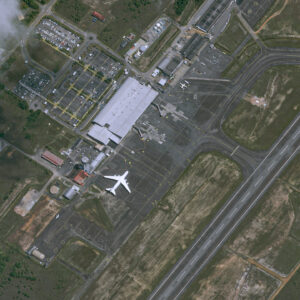
The last two high-resolution imaging satellites for Airbus Defence and Space’s Pléiades Neo constellation have arrived in French Guiana ahead of their launch next month.
The post Final two Pléiades Neo imagery satellites land in French Guiana appeared first on SpaceNews.
Balancing risk and reward in planetary exploration
Monday, 24 October 2022 19:59
NASA's Mars rovers strive for groundbreaking scientific discoveries as they traverse the Martian landscape. At the same time, the crews operating the rovers do all they can to protect them and the billions of dollars behind the mission. This balance between risk and reward drives the decisions surrounding where the rovers go, the paths they take to get there and the science they uncover.
Researchers in the School of Computer Science's Robotics Institute (RI) have developed a new approach to balancing the risks and scientific value of sending planetary rovers into dangerous situations.
Space Force to activate sensor on Wide-Field-of-View missile warning satellite
Monday, 24 October 2022 19:28
A U.S. Space Force infrared sensing demonstration satellite launched in July will soon start receiving data, the Space Systems Command announced Oct. 24.
The post Space Force to activate sensor on Wide-Field-of-View missile warning satellite appeared first on SpaceNews.
War in Ukraine shifts priorities among European government agencies
Monday, 24 October 2022 17:12
The war in Ukraine has prompted European civil and military space to revise budgets, programs, and policies to fortify launch capabilities and meet emerging needs.
The post War in Ukraine shifts priorities among European government agencies appeared first on SpaceNews.
NASA announces 16 people who will study UFOs to see what's natural—and what isn't
Monday, 24 October 2022 15:41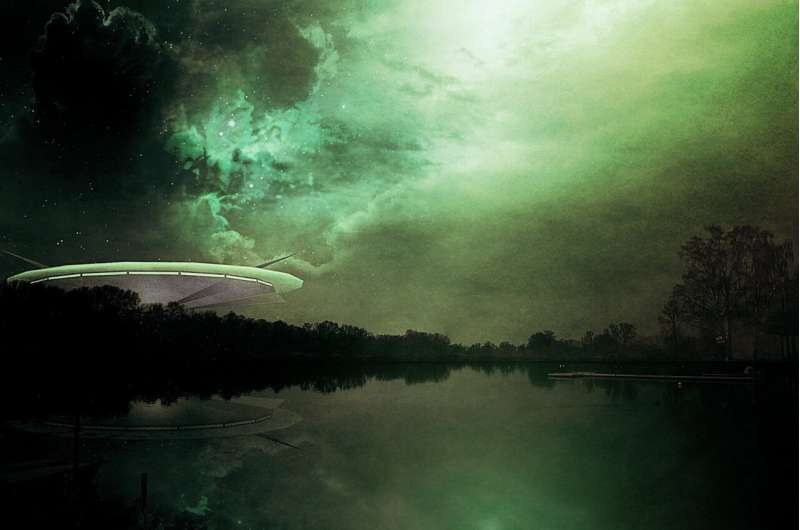
What is behind all these UFO sightings? We may find out.
NASA announced the 16 people who will spend the next nine months studying unidentified aerial phenomena, also known as UFOs.
Using unclassified data, the team will "lay the groundwork for future study" of UFOs by examining how the data is gathered by the public, local government and other sources. The goal is to have a roadmap for NASA's data analysis on the flying objects, and determine what events are natural or not.
"Exploring the unknown in space and the atmosphere is at the heart of who we are at NASA," Thomas Zurbuchen, associate administrator of the Science Mission Directorate at NASA, said in a statement. "Understanding the data we have surrounding unidentified aerial phenomena is critical to helping us draw scientific conclusions about what is happening in our skies. Data is the language of scientists and makes the unexplainable, explainable."
The announcement of the study participants comes amid a renewed interest in UFOs. In June 2021, the office of the U.S. Director of National Intelligence released a highly anticipated report examining unidentified aerial phenomena, but no "firm conclusions" could be drawn on more than 140 instances.
Analysis of gases recovered from asteroid Ryugu by Hayabusa2 spacecraft
Monday, 24 October 2022 12:59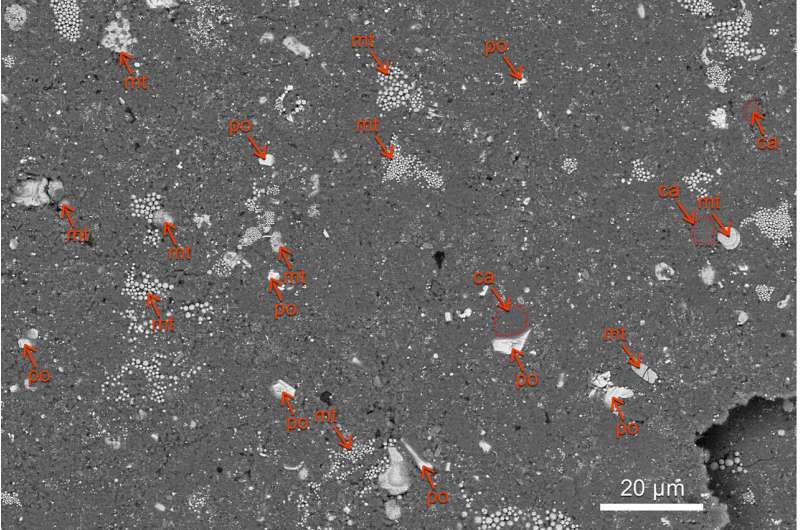
Apex raises seed round to mass produce smallsats
Monday, 24 October 2022 12:00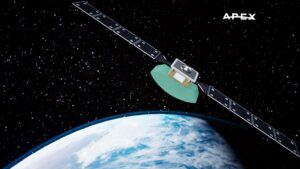
A startup that envisions manufacturing large numbers of small satellites has raised a seed round of funding.
The post Apex raises seed round to mass produce smallsats appeared first on SpaceNews.
Boosting Earth science
Monday, 24 October 2022 10:47
With science at the core of the Earth Observation FutureEO programme, ESA has opened a new scientific facility, the Science Hub, which offers new opportunities for collaborative research to further boost the Agency’s and its Member States scientific output.
Preligens aims to become a long-term DoD supplier
Monday, 24 October 2022 10:00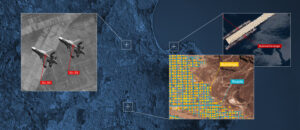
Preligens is expanding its U.S. subsidiary in a bid to become a long-term supplier of geospatial data analysis software to the U.S. Department of Defense.
The post Preligens aims to become a long-term DoD supplier appeared first on SpaceNews.
The scary sound of Earth’s magnetic field
Monday, 24 October 2022 05:00
Despite being essential to life on Earth, the magnetic field isn’t something we can actually see in itself, or ever hear. But, remarkably, scientists at the Technical University of Denmark have taken magnetic signals measured by ESA’s Swarm satellite mission and converted them into sound – and for something that protects us, the result is pretty scary.
Ascent satellite marks end of mission objectives
Sunday, 23 October 2022 23:27 The Air Force Research Laboratory's small satellite named Ascent has completed all of its mission objectives and is performing extended operations to characterize the survivability of the commercial-off-the-shelf, or COTS, bus electronics in the geosynchronous Earth orbit, or GEO, space environment.
Ascent, launched Dec. 7, 2021, is a 12-unit CubeSat developed within the AFRL Space Vehicle
The Air Force Research Laboratory's small satellite named Ascent has completed all of its mission objectives and is performing extended operations to characterize the survivability of the commercial-off-the-shelf, or COTS, bus electronics in the geosynchronous Earth orbit, or GEO, space environment.
Ascent, launched Dec. 7, 2021, is a 12-unit CubeSat developed within the AFRL Space Vehicle Chang'e-5 samples reveal how young volcanism occurred on the Moon
Sunday, 23 October 2022 23:27 A new study led by Prof. CHEN Yi from the Institute of Geology and Geophysics of the Chinese Academy of Sciences (IGGCAS) provides an answer to the question of how young volcanism occurred on the Moon.
The researchers found that mantle melting-point depression due to the presence of fusible, easily melted components could generate young lunar volcanism.
Their findings were published
A new study led by Prof. CHEN Yi from the Institute of Geology and Geophysics of the Chinese Academy of Sciences (IGGCAS) provides an answer to the question of how young volcanism occurred on the Moon.
The researchers found that mantle melting-point depression due to the presence of fusible, easily melted components could generate young lunar volcanism.
Their findings were published Chang'E-5 mission returned samples shed new light on our moon's surface makeup and geologic history
Sunday, 23 October 2022 23:27 Active volcanic activity helped create the moon's surface minerology as recently as 2 billion years ago, leaving an iron-rich and high-calcium surface of basalts geographically younger than the lunar geology community previously thought, according to a study that analyzed soil samples brought back as part of the Chang'E - 5 (CE-5) mission in 2020.
A team of researchers led by Prof. LI Chun
Active volcanic activity helped create the moon's surface minerology as recently as 2 billion years ago, leaving an iron-rich and high-calcium surface of basalts geographically younger than the lunar geology community previously thought, according to a study that analyzed soil samples brought back as part of the Chang'E - 5 (CE-5) mission in 2020.
A team of researchers led by Prof. LI Chun New way to make telescope mirrors could sharpen our view of the universe
Sunday, 23 October 2022 23:27 Researchers have developed a new way to use femtosecond laser pulses to fabricate the high-precision ultrathin mirrors required for high-performance x-ray telescopes. The technique could help improve the space-based x-ray telescopes used to capture high-energy cosmic events involved in forming new stars and supermassive black holes.
"Detecting cosmic x-rays is a crucial piece of our explor
Researchers have developed a new way to use femtosecond laser pulses to fabricate the high-precision ultrathin mirrors required for high-performance x-ray telescopes. The technique could help improve the space-based x-ray telescopes used to capture high-energy cosmic events involved in forming new stars and supermassive black holes.
"Detecting cosmic x-rays is a crucial piece of our explor New walking robot design could revolutionize how we build things in space
Sunday, 23 October 2022 23:27 Researchers have designed a state-of-the-art walking robot that could revolutionize large construction projects in space. They tested the feasibility of the robot for the in-space assembly of a 25m Large Aperture Space Telescope. They present their findings in Frontiers in Robotics and AI. A scaled-down prototype of the robot also showed promise for large construction applications on Earth.
Researchers have designed a state-of-the-art walking robot that could revolutionize large construction projects in space. They tested the feasibility of the robot for the in-space assembly of a 25m Large Aperture Space Telescope. They present their findings in Frontiers in Robotics and AI. A scaled-down prototype of the robot also showed promise for large construction applications on Earth. 
